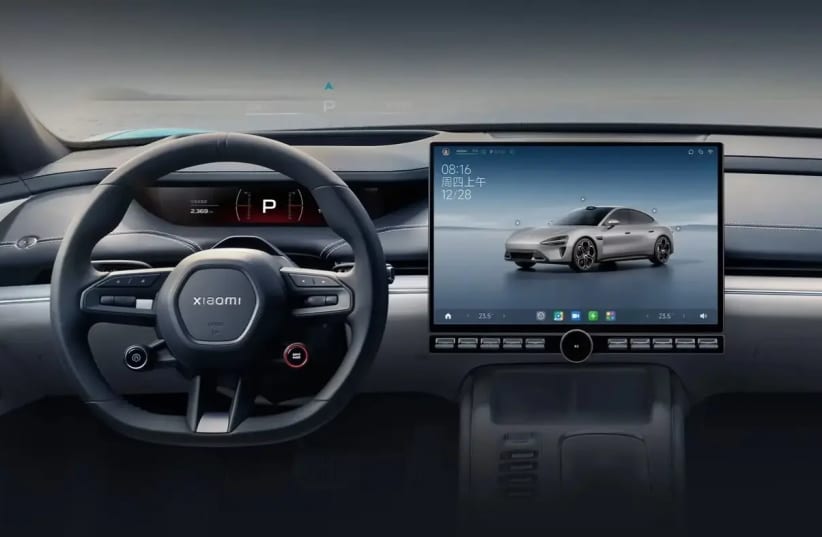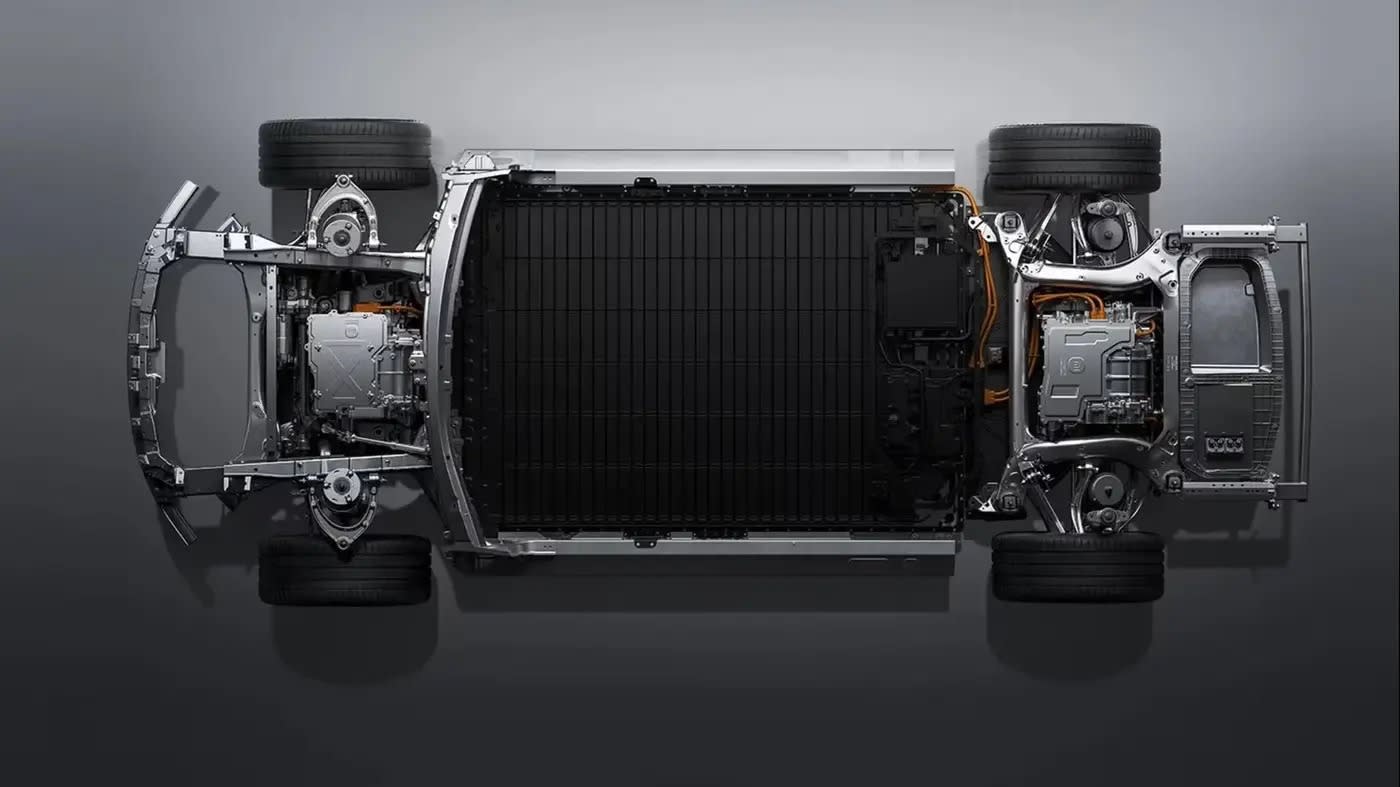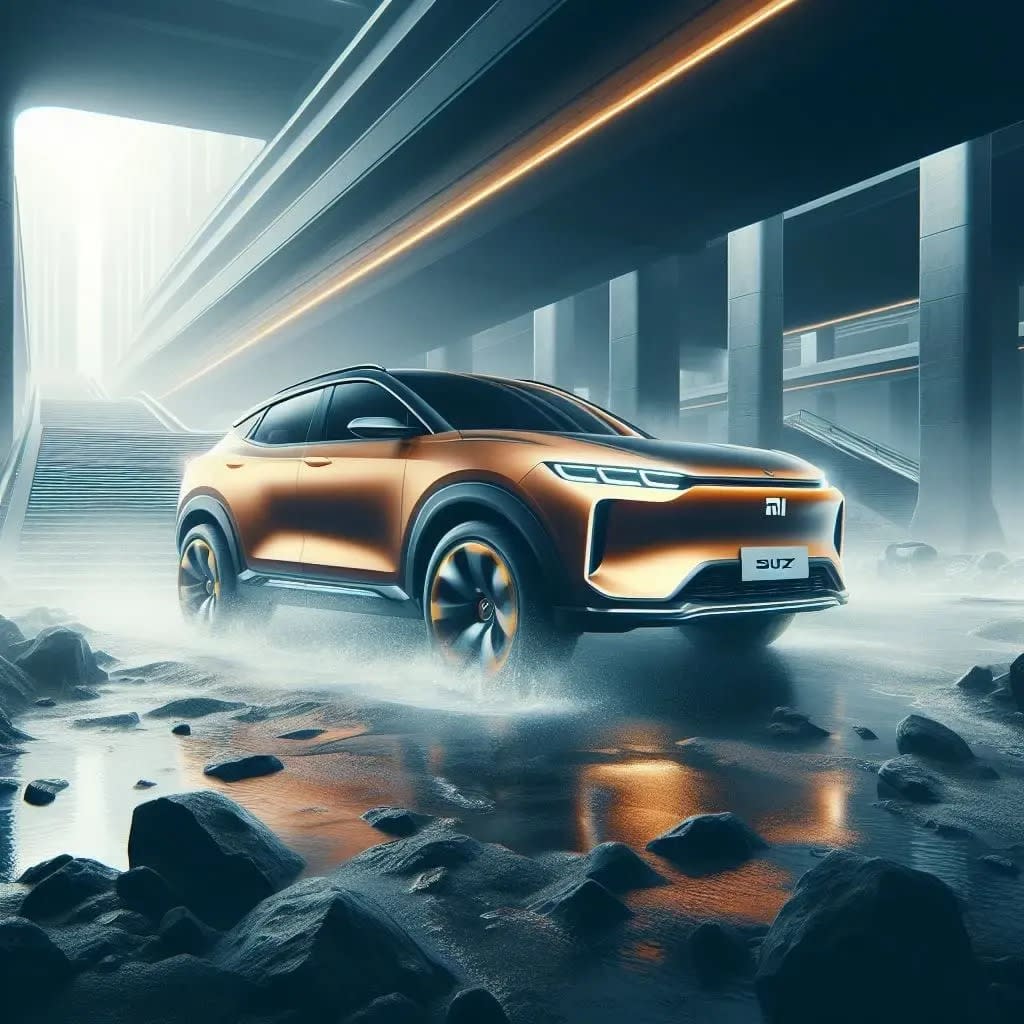Within 24 hours of the unveiling of the Xiaomi SU7, 88,000 cars have already been ordered in China, with all planned stock set for production until the end of 2024.
The car, which was revealed with initial photos and details, will be marketed in three different drive versions and prices. With a length of 4.997 meters, width of 1.96 meters, height of 1.455 meters, and a wheelbase of 3 meters, it is larger than the Tesla Model 3, which it directly competes with, also positioning it against BYD Sil, Hyundai Ioniq 6, and ORA 07 which will be launched soon in the country.
In contrast to many other Chinese cars, the rear trunk has a volume of 517 liters, the front has 105 liters, and the passenger compartment has a cooler for drinks and food with a volume of 4.7 liters.
Competitors' top executives attended the launch event: William Li, CEO of NIO, He Xiaopeng, CEO of Xpeng, and Li Xiang, CEO of Li Auto, which has not yet been sold in the country. "All of them have made us many offers in recent years to avoid pitfalls on the road during the development of the electric vehicle", admitted in his speech to guests Lei Jun, CEO of Xiaomi.
Another reinforcement player was former BMW design department head, Chris Bangle, who now serves as a consultant to Xiaomi. "What impressed me was how strong the SU7 is. It will be a great car when it arrives in Europe", he concluded.
The selection includes three propulsion systems. The basic model, the standard, starting at $30,000, has a 73.6 kWh battery made by BYD and an estimated range of 525 km according to European standards. With a single engine with a power output of 299 hp and torque of 40 kgm rear-wheel drive, the basic Xiaomi accelerates from 0 to 100 km/h in 5.3 seconds on its way to a maximum speed of 210 km/h.
The Pro model costs $4,000 or 13.3% more and comes with a 94.3 kWh CATL battery. The estimated range according to European standards is raised to 620 km, still rear-wheel drive, with performances of 5.7 seconds to reach 100 km/h, and a maximum speed of 210 km/h, respectively.
The Max Performance model costs $11,500 more than the basic model ($41,500), comes with a 101 kWh CATL battery, and an estimated European range of 400 km. The dual propulsion system with an additional front engine, a power output of 665 hp, 2.78 seconds from 0 to 100 km/h, and a top speed of 265 km/h.
Although Xiaomi purchases the batteries from other companies, and the export is currently done by BAIC, the design and mainly the electronic and safety systems were developed by Xiaomi itself, including high-level finishing touches such as a laser sensor and a promise of level 3 autonomous driving soon.
Xiaomi claims that the prices are losing propositions aimed at ensuring a quick entry into the market. By the end of the year, the company will also launch a crossover version on the same platform to compete with Tesla Model Y. Next year, Xiaomi plans to reach production of 300,000 units from both models.
In parallel to the unveiling of the model, the importer of Xiaomi electronic devices to Israel, Milthon, officially received the import approval for the company's cars. It is still unclear whether Milthon will establish an independent import and marketing system for cars, or collaborate with an existing body in the local automotive industry.


